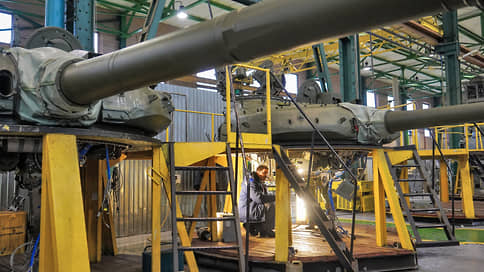According to the results of May, the Russian economy switched to annual growth
[ad_1]

Estimates by the Ministry of Economy indicate an acceleration of economic growth in May, largely due to the momentum of the manufacturing industries. The results of May allowed some Russian investment banks to talk about GDP growth of 1.5-2%. However, in the second half of the year, the fiscal stimulus to the economy will decrease, and geopolitical risks for the implementation of such optimistic forecasts remain extremely high.
The Ministry of Economy announced the acceleration of the growth of the Russian economy. If in annual terms, GDP in May grew by 5.4% after 3.4% in April, largely due to the low base of May 2022, then seasonally adjusted for May, the economy expanded by 1.4% against 0.1% in April 2023. The main support for the economy “in May was provided by manufacturing, wholesale trade and the construction sector.” The level of 2021 was exceeded in May by 0.6% (in April it was 0.6% less than two years ago). In January-May 2023, GDP increased by 0.6% year-on-year, against the official forecast for annual growth of 1.2% in April. However, the ministry has already stated that growth may be slightly higher than expected.
Analysts of the Solid Numbers Telegram channel also see the main source of GDP acceleration in May in processing (largely due to the military order). It is followed by wholesale trade, construction, retail and agro-industrial complex in terms of the contribution to the output of basic industries (GDP proxy). In May, according to their estimates, the basic sectors increased output by 7% yoy, according to the Ministry of Economy – by 5.4%. “The economy has already returned to the trend (1.1%) in the first quarter of 2023, and its growth at a rate above potential is an additional source of inflationary pressure,” the authors of the estimates say. The Bank of Russia forecasts that in the second quarter of 2023 the economy will expand by 4.2% in annual terms (after a decline of 1.9% in the first) against the backdrop of a low base in 2022.
This improves estimates and immediate prospects. Thus, the Renaissance Capital investment company on June 30 updated its forecast for the Russian Federation for 2023, expecting GDP growth to 2% (the upper limit of the current Central Bank forecast) in 2023 and up to 1.6% in 2024 (previously 0.8%) . Analysts expect a slowdown in the expansion of economic activity in the second half of the year with the potential for recovery growth exhausted, a cooling of business and consumer optimism, as well as a reduction in fiscal stimulus and some tightening of monetary policy, which will affect the growth rates of both investment and consumption. Meanwhile, the weakening of the ruble is happening faster than expected. Geopolitics remains the main factor of uncertainty (risks of a slowdown in economic growth prevail), as well as the commodity situation, which is traditionally sensitive for the Russian Federation. Electoral incentives, in turn, can support domestic demand, but they should have a short-term effect, analysts say. Sinara Investment Bank published similar forecast updates on June 30, raising its expectations for GDP growth in 2023 from 1% to 1.5–2%. “The recovery of domestic demand continues, although at a less impressive pace. The economy has already gone into plus for five months, and the dynamics in the second half of the year promises to be better than we expected,” they say.
Consensus forecasts made in early and mid-June were not as optimistic as the estimates above. Thus, the consensus of analysts polled by Interfax in early June assumed that Russia’s GDP would grow by 0.7% in 2023, while FocusEconomics, made in mid-May, predicted a decline of 0.8%. Improvement will not be long in coming – but will remain noticeably smaller than that of the economic authorities and optimists from investment banks.
[ad_2]
Source link






